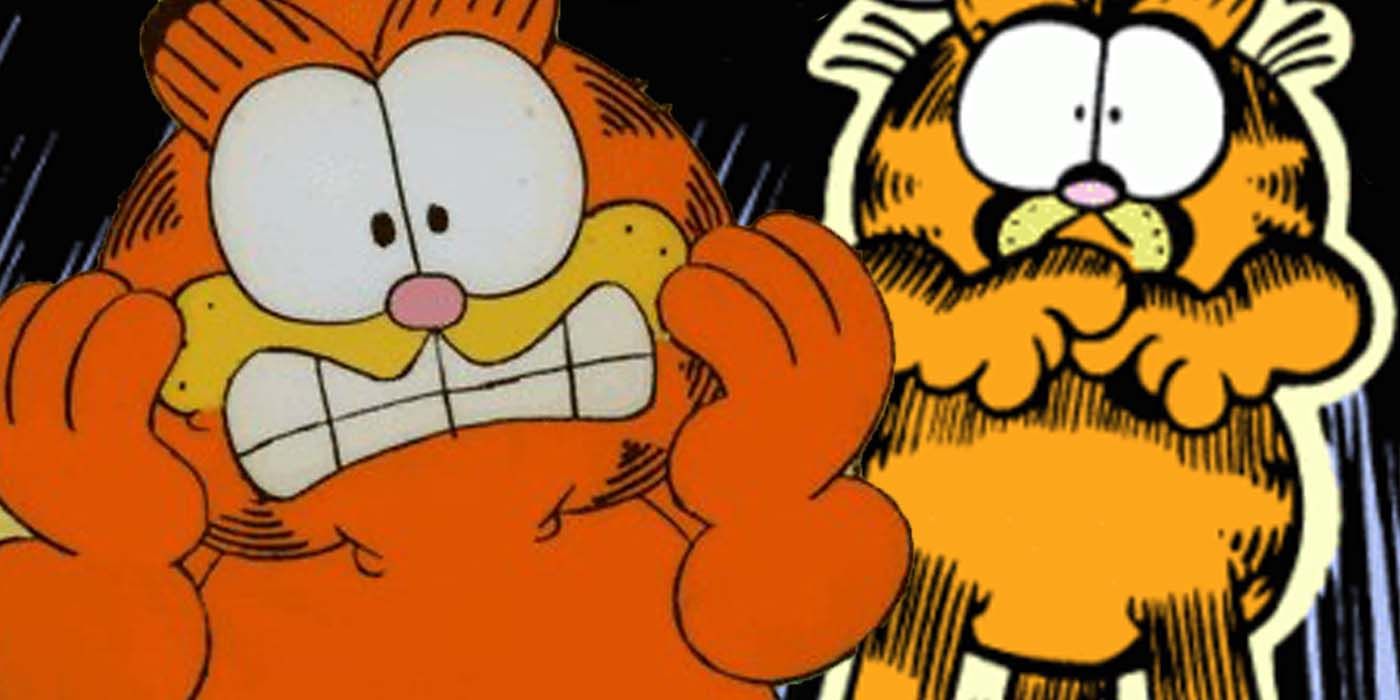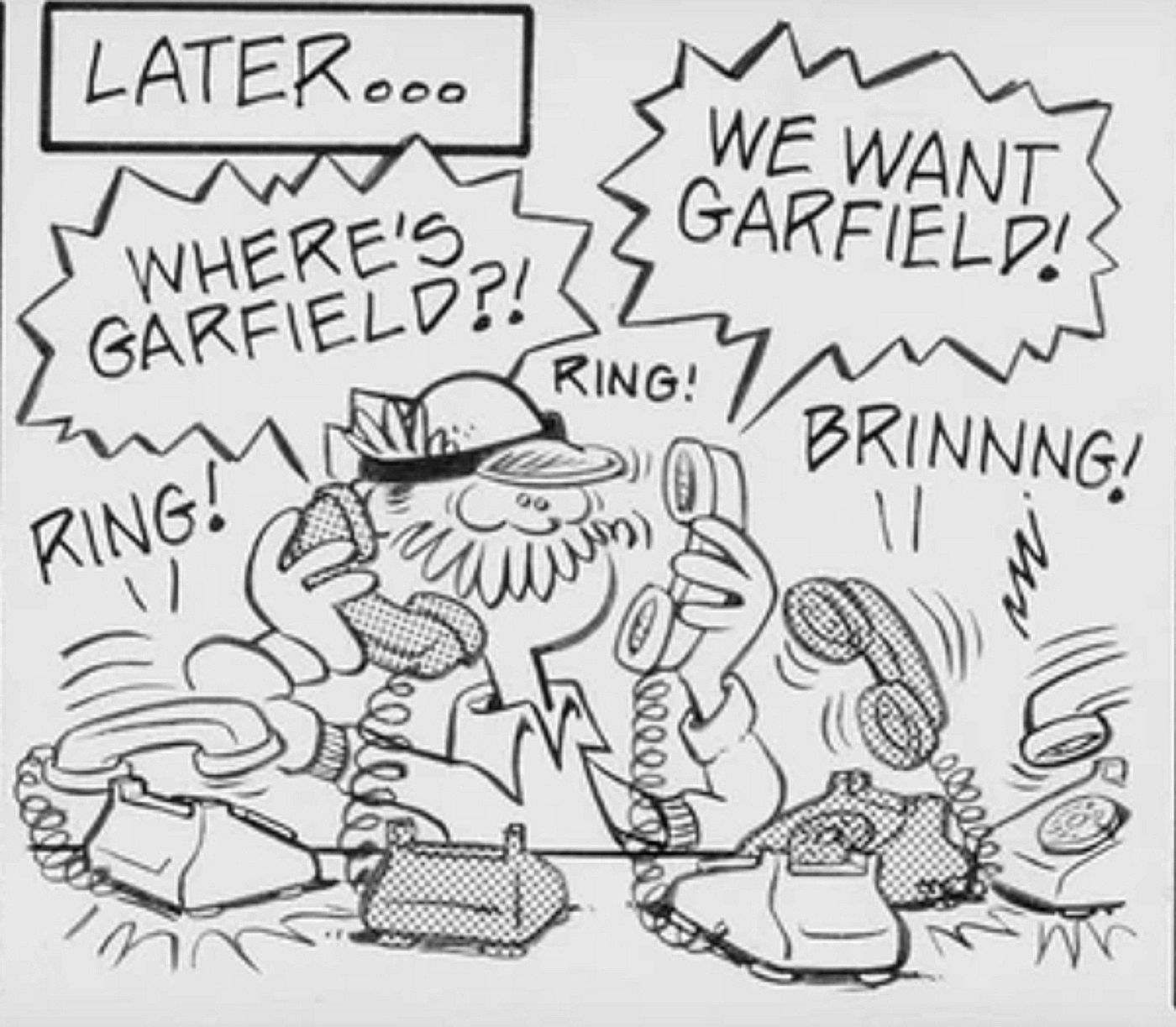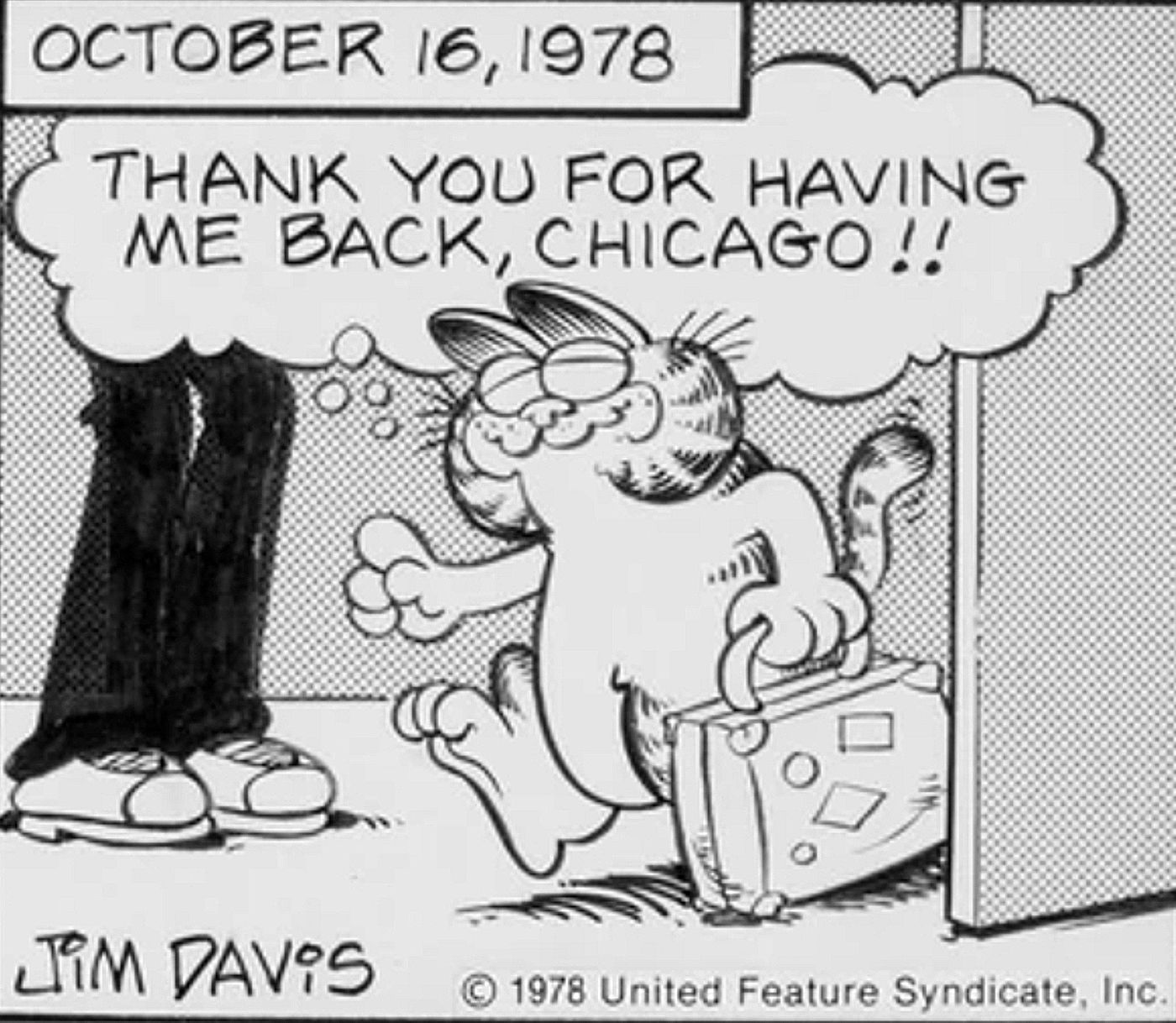Summary
- Garfield’s absence from the Chicago Sun-Times for two weeks in October, 1978 proved his appeal and popularity, as over a thousand readers demanded his return.
- Jim Davis initially had to work hard to get Garfield into newspapers, but the strip eventually gained a dedicated fanbase.
- The Chicago Sun-Times’ decision to drop Garfield was the last time anyone would attempt to do so, showcasing the comic strip’s popularity and long-lasting success.
Garfield creator Jim Davis experienced artistic success on an unimaginable scale, as his locally syndicated newspaper comic strip about an orange cat and its owner grew into a national, and then a worldwide sensation. During a retrospective interview, however, Davis provided insight into one moment before Garfield became wildly popular, when he thought his strip was doomed.
In an interview with the Independent celebrating the 40th anniversary of Garfield, Jim Davis talked about the precarious beginnings of the strip. When the largest paper carrying Garfield, the Chicago Sun-Times, dropped the comic, Davis figured the dream was over, and that the other newspapers he had convinced to run his work would soon follow suit.
Of course, the opposite happened – readers of the Sun-Times lobbied for Garfield’s return, providing an early signal that the character, driven by Davis’ humorous style and hard work, was building a dedicated fanbase.
Jim Davis’ interview with the Independent, released at the time of the strip’s 40th anniversary in 2018, is full of insight into the strip’s early years, along with valuable advice for writers, and inspiration for visual artists. One of the most notable details about Garfield’s origin that its creator shared was how hard Davis initially had to work to get the strip into newspapers “I’d got Garfield in about 40 papers,” he explained. “But then the Chicago Sun-Times dropped the strip. As that was the biggest paper I had, I thought this was the beginning of the end.”
As the Independent noted: “It was the last time anyone was going to drop Garfield.” After the Sun-Times pulled Garfield on October 2, 1978, over a thousand readers contacted the paper, asking that the strip be reinstated. Eventually, the Sun-Times bowed to the pressure and brought Garfield back on October 16, 1978, a return immortalized in comic strip form by Davis. In three panels, he depicted the paper throwing a crying Garfield out into the cold, the deluge of calls demanding his return, and finally, Garfield strolling back into the Sun-Times office.
Chicago’s Love For Garfield Was A Preview Of His Global Popularity
“Thanks for having me back, Chicago!!” Garfield thinks as he carries his suitcase back through the newspaper’s front door. Far from spelling doom for the series, the brief interlude of Garfield’s absence from the pages of the Chicago Sun-Times definitively proved the series’ appeal. Decades later, in retrospect, the response by the paper’s readers seeking the cat’s return stands out as a preview of the enduring nature of Jim Davis’ work, which vaulted his strip to true artistic immortality within just several years of the Sun-Times attempt to drop Garfield from its pages, a move readers would not abide.
Source: Independent
This story originally appeared on Screenrant



